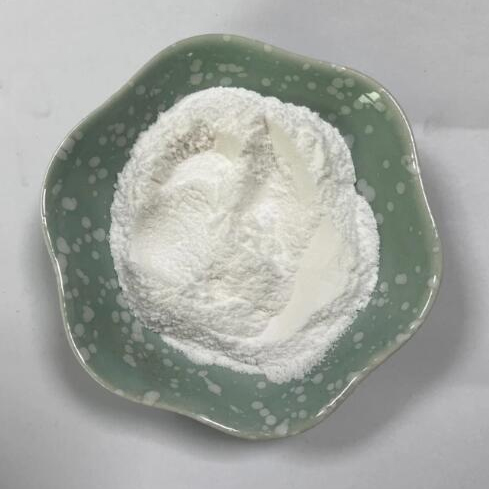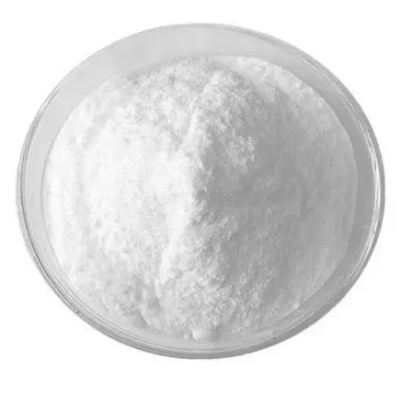Gatifloxacin CAS:112811-59-3
Gatifloxacin is commonly prescribed in medical practice for treating bacterial infections such as community-acquired pneumonia, bronchitis, sinusitis, urinary tract infections, and skin infections. The oral form is convenient for systemic infections, while the ophthalmic solution is used to manage ocular conditions like bacterial conjunctivitis and corneal ulcers. Healthcare providers determine the appropriate dosage of gatifloxacin based on factors such as the type of infection, severity, patient's age, weight, renal function, and microbial susceptibility testing results if available. Adherence to the prescribed dosing regimen is crucial to achieve optimal therapeutic outcomes and prevent resistance development. Patients are advised to complete the full course of gatifloxacin treatment even if symptoms improve to ensure eradication of the infecting bacteria. Monitoring for treatment response, potential adverse effects, and drug interactions is essential during therapy. While generally well-tolerated, common side effects of gatifloxacin may include gastrointestinal disturbances, dizziness, or skin reactions. Healthcare professionals monitor for rare but serious adverse effects like tendon rupture or central nervous system effects, especially in certain patient populations. Regular follow-up visits with healthcare providers help assess treatment progress, adjust therapy as needed, and promote successful outcomes when using gatifloxacin in the management of bacterial infections. Collaboration between patients, caregivers, and healthcare professionals is crucial to ensure safe and effective use of this antibiotic and optimize patient outcomes.



| Composition | C19H22FN3O4 |
| Assay | 99% |
| Appearance | white powder |
| CAS No. | 112811-59-3 |
| Packing | Small and bulk |
| Shelf Life | 2 years |
| Storage | Store in cool and dry area |
| Certification | ISO. |







![(4aR,7aR)-octahydrocyclopenta[b][1,4]oxazine hydrochloride CAS:1660110-81-5](https://cdn.globalso.com/xindaobiotech/K@NIE7HBAEP6E7J7DS187.png)

